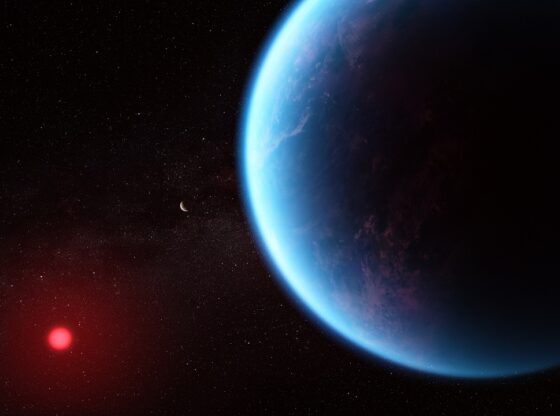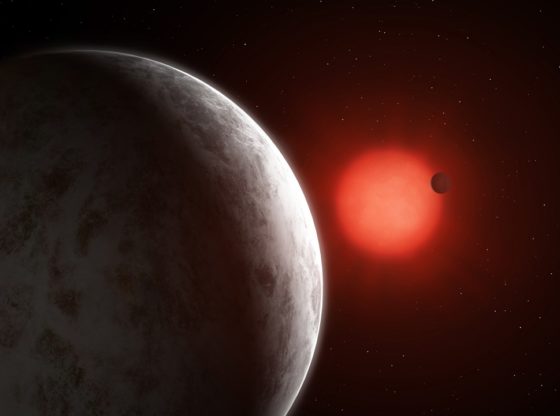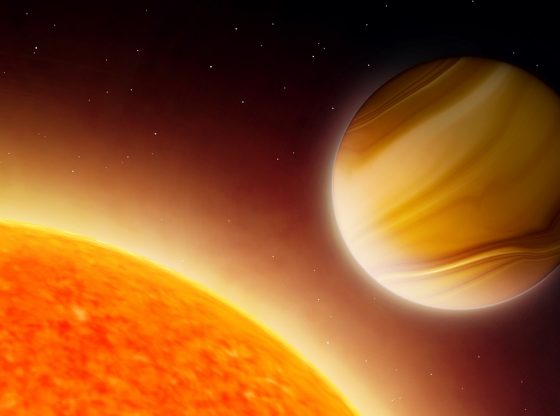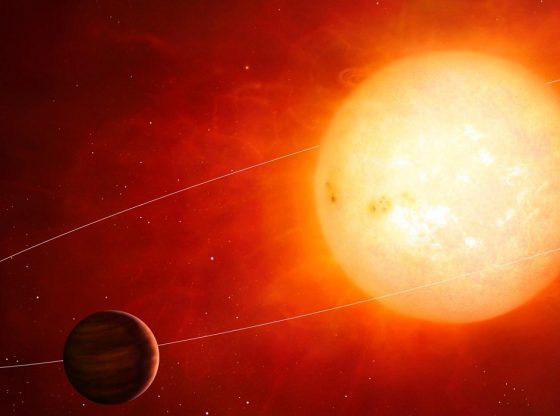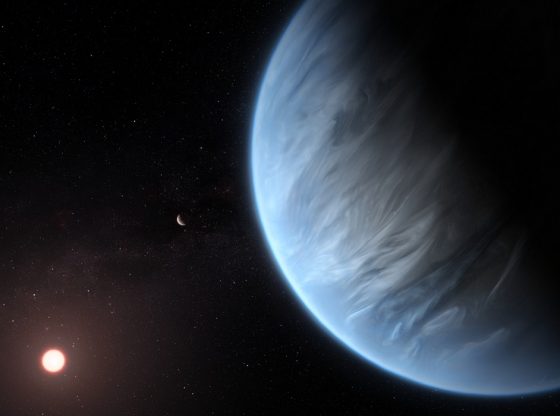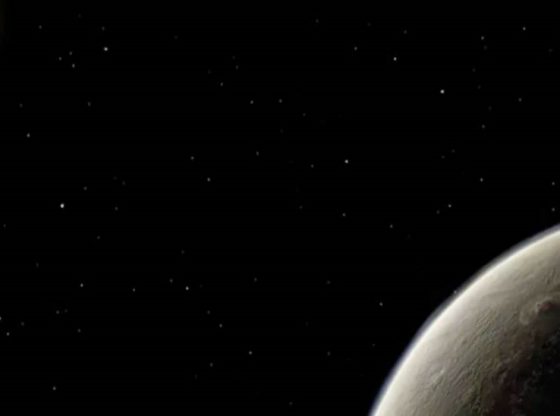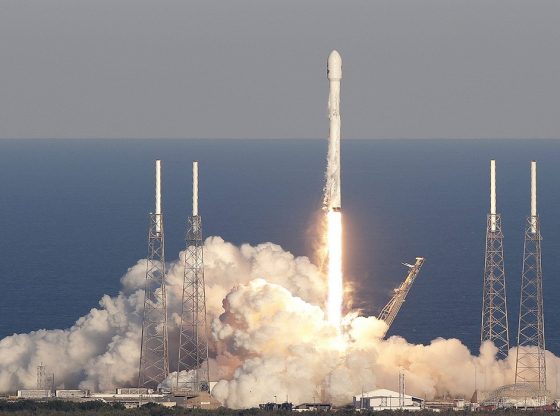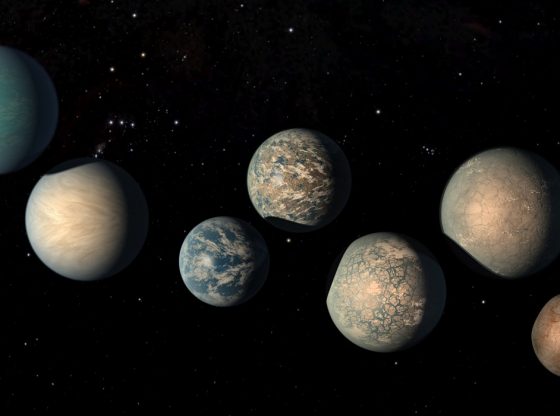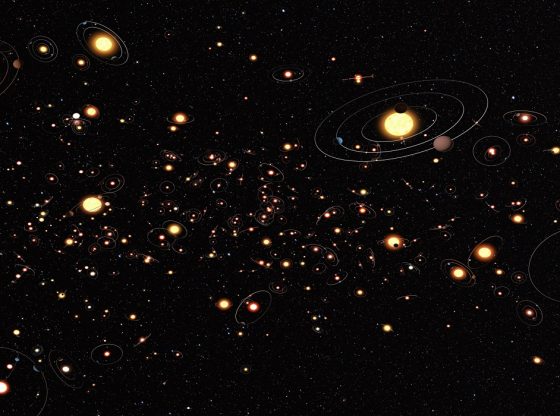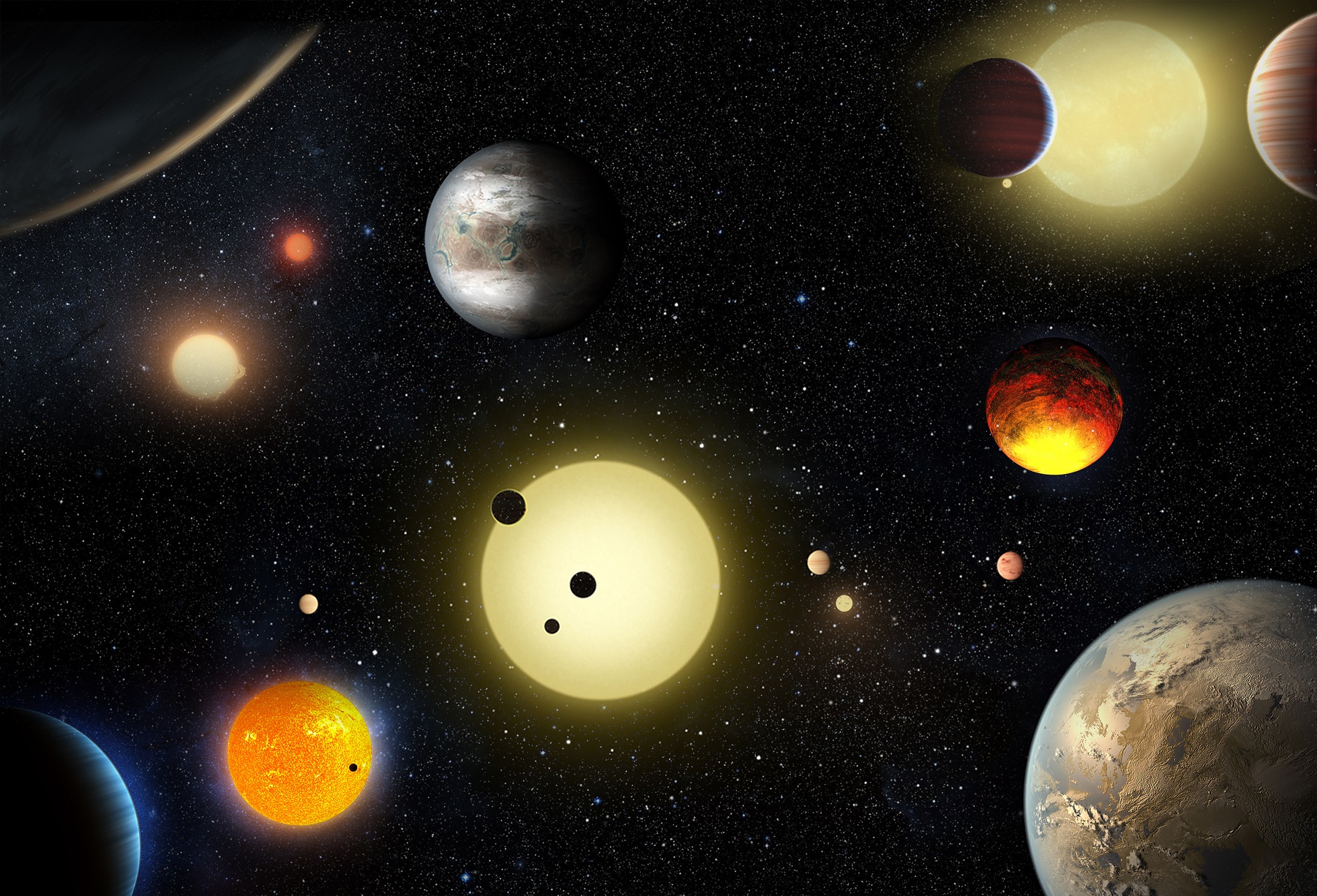
The space telescope Kepler have found 1,284 new planets outside our solar system, the U.S. space agency NASA reports. The planetary discovery is the single largest made so yet.
“This announcement more than doubles the number of confirmed planets from Kepler,” said Ellen Stofan, chief scientist at NASA Headquarters in Washington. “This gives us hope that somewhere out there, around a star much like ours, we can eventually discover another Earth.”
The 1,284 new planets have all been identified from a data collection from 2015, by which the Kepler telescope has identified 4,302 potential planets. Of these, 1,284 reached the magic threshold of 99 percent probability of being a planet – which is required to be officially recognized as a planet.
21 Goldilocks Planets
An additional 1,327 are described as more likely being planets than not being planets, but they do not meet the 99 percent threshold and will require additional study. The remaining 707 are more likely to be other astrophysical phenomena according to NASA. The analysis also validated 984 candidates previously verified by other techniques.
Among the validated 1,284 validated planets, nearly 550 could be rocky planets like Earth based on their size. Nine of these orbits their respective star within the so-called habitable zone, which is the distance from a star where orbiting planets can have surface temperatures that allow liquid water to exist. With the addition of these nine, 21 exoplanets in total are now known to be members of this exclusive group.
Kepler is Still Going Strong
Launched in March 2009, the Kepler Space Telescope has had a rough couple of years, once thought of being damaged beyond repair, but saved time and again by some clever engineers at NASA. As we have reported on earlier, The Kepler Space Telescope has Been Retired, and then Kepler back in action, Kepler 438b: Another Earth-like Planet Found.
Of the nearly 5,000 planetary candidates found to date, more than 3,200 have now been verified as planets.Of these, 2,325 were discovered by Kepler. Kepler is the first NASA mission to find potentially habitable Earth-size planets. For the past four years, Kepler has monitored 150,000 stars in a single small patch of sky. Using the transit method it is measuring the tiny telltale dip in the brightness of a star that can be produced by a transiting planet. In 2018, NASA’s Transiting Exoplanet Survey Satellite will use the same method to monitor 200,000 bright nearby stars and search for planets, focusing on Earth and Super-Earth-sized in particular.
_____________
Briefing Materials: 1,284 Newly Validated Kepler Planets
__________________________

